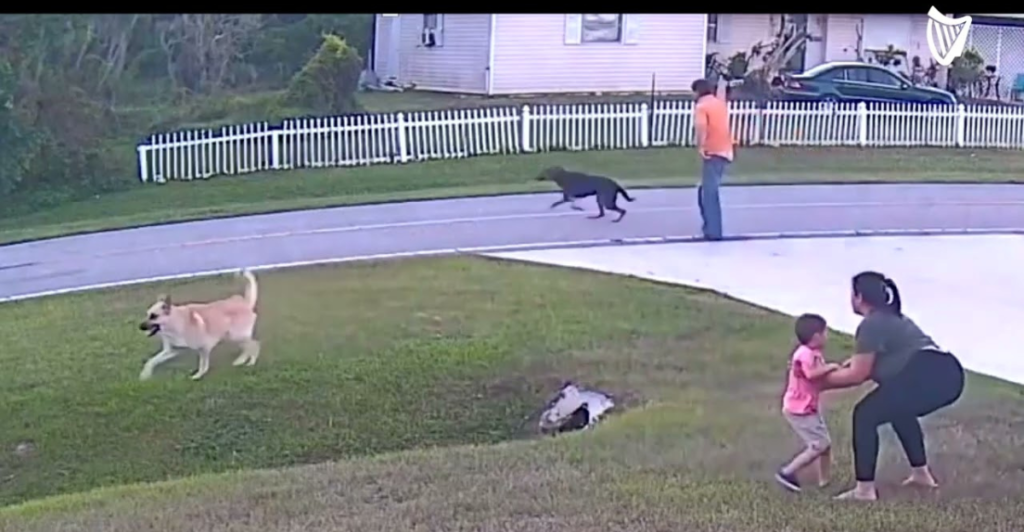
Dogs sense fear and excitement, which can escalate their aggression. If confronted by an aggressive dog, remain calm and avoid sudden movements. Keep your breathing steady and maintain a neutral posture to prevent provoking the animal. Panic, screaming, or running can trigger a dog’s prey drive. Instead, focus on creating a sense of calm, which can help de-escalate the situation and give you time to assess the next best course of action.
Don’t Make Direct Eye Contact
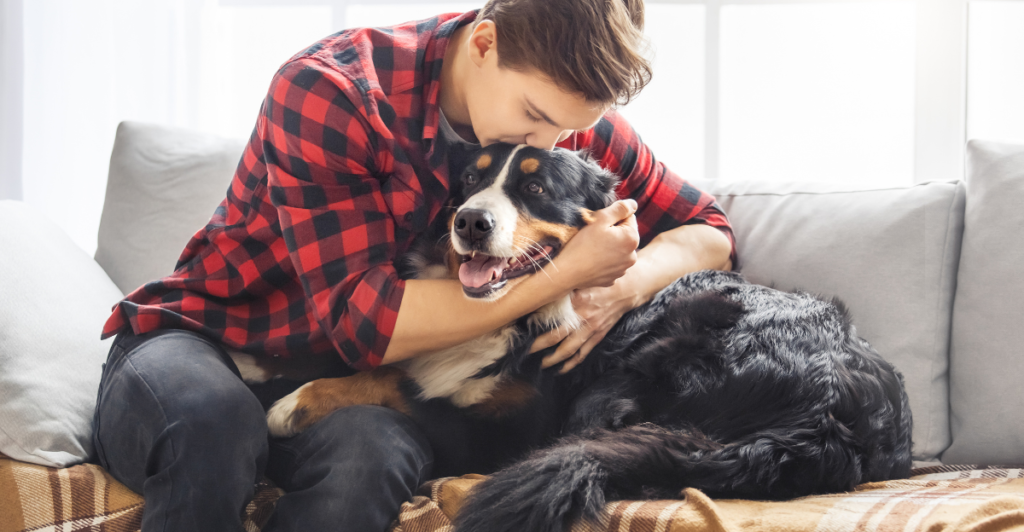
Staring directly into a dog’s eyes may be perceived as a challenge or threat, especially for an already aggressive dog. Instead, look slightly away while keeping the animal in your peripheral vision. This shows you are non-threatening while allowing you to monitor the dog’s movements. Dogs read body language, and avoiding direct eye contact can help convey a less confrontational presence.
Create a Barrier Between You and the Dog

Place an object like a bag, jacket, or stick between you and the dog if possible. This can serve as a buffer, redirecting the dog’s focus away from you. A barrier may also provide you with extra time to retreat safely. Avoid swinging or threatening the dog with the object, as this could further agitate it. Use the barrier as a shield to maintain distance and protect yourself.
Use a Strong Command
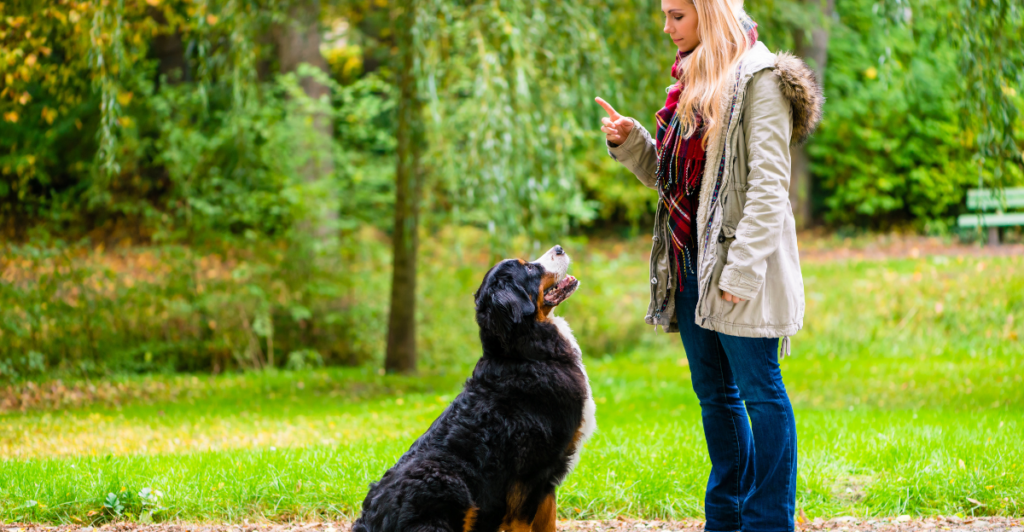
Firmly say “No,” “Stop,” or “Back!” in a loud, authoritative voice. A commanding tone may cause the dog to pause or retreat, especially if it is familiar with humans giving orders. Refrain from screaming, as it could excite or provoke the dog further. This technique often works because it mimics how dogs communicate dominance within their pack. Remain steady and confident while issuing commands.
Stand Still Like a Tree

Standing still and upright, with your arms close to your body, can reduce the dog’s perception of you as a threat. Dogs often respond to movement, so staying stationary can discourage them from attacking. Keep your posture tall and avoid making sudden gestures. Remaining motionless can buy you time and potentially defuse the situation by signaling the dog that you are not dangerous.
Avoid Running Away
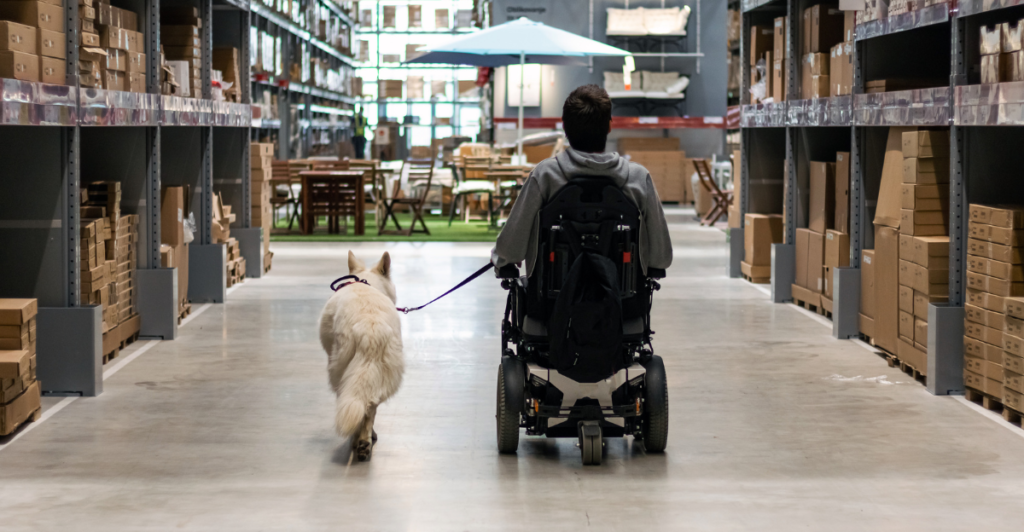
Running can activate a dog’s instinct to chase and attack; instead of fleeing, back away slowly while keeping the dog in your sight. Moving calmly and steadily reduces the chance of triggering the dog’s prey drive. Running may also make you appear more vulnerable, which could escalate the dog’s aggression. Always prioritize controlled movements over-reactive fleeing to protect yourself.
Protect Sensitive Areas
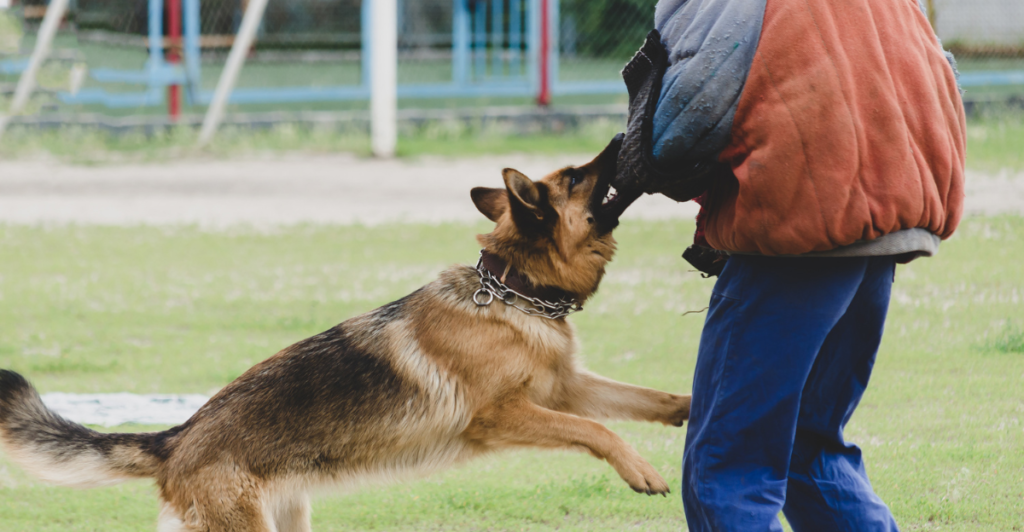
Protect your face, neck, and chest if an attack seems inevitable. Use your arms or a nearby object to shield these critical areas. Curling into a ball with your knees pulled close to your chest can minimize exposure to vulnerable parts of your body. Staying still in this defensive position also discourages the dog from continuing its aggression, as it eliminates the dynamic movements that often excite them.
Distract the Dog
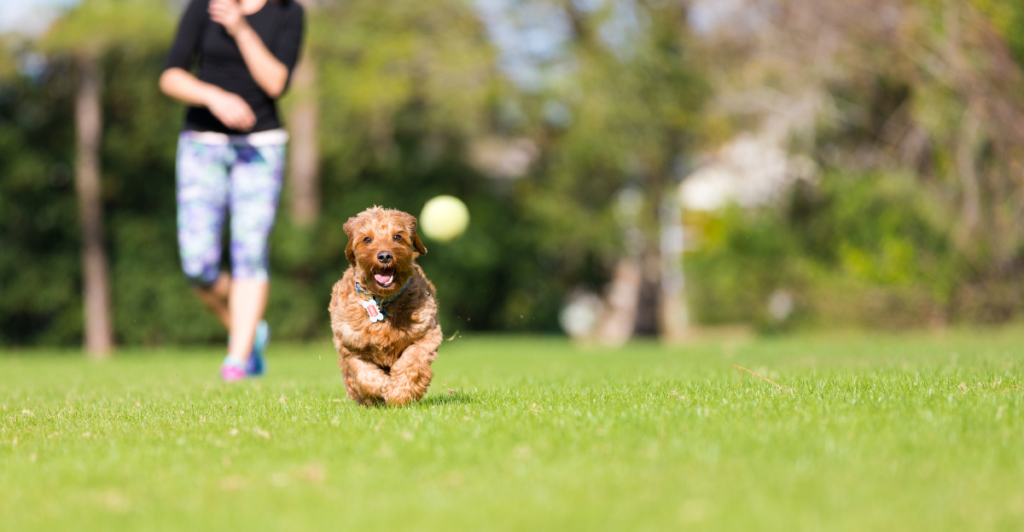
Carry items like dog treats, a water bottle, or even a scarf to divert the dog’s attention. Throwing these items away from you can provide a momentary distraction, allowing you to distance yourself from the dog. Objects with an enticing scent, such as food, work exceptionally well. This tactic can redirect the dog’s focus and create an opportunity to de-escalate the situation or retreat safely.
Know the Warning Signs
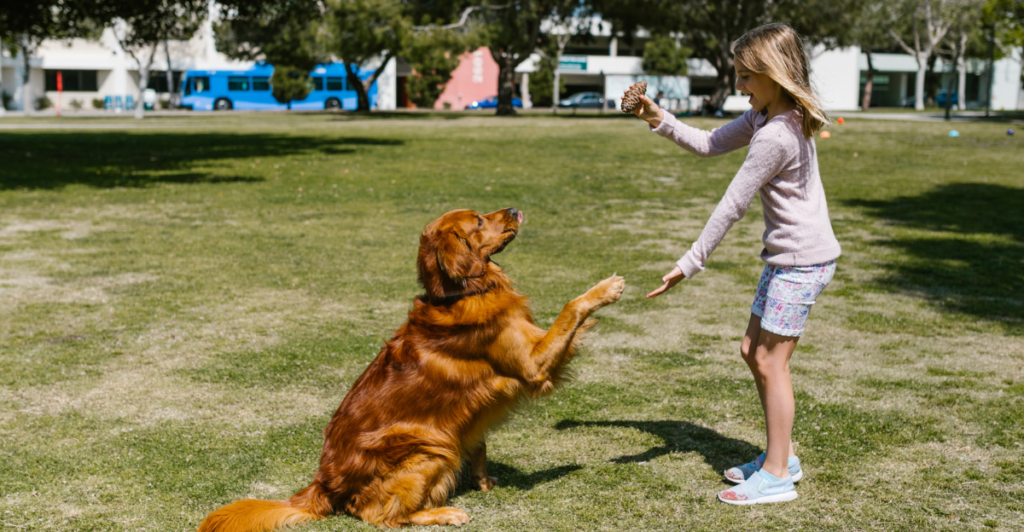
Understanding a dog’s body language can help you recognize when it feels threatened or is about to attack. Warning signs include growling, baring teeth, raised fur, a stiff posture, and intense staring. If you notice these behaviors, give the dog space and avoid making any moves that could be perceived as threatening. Recognizing these signals early can help you take preventive measures before an attack occurs.
Call for Help
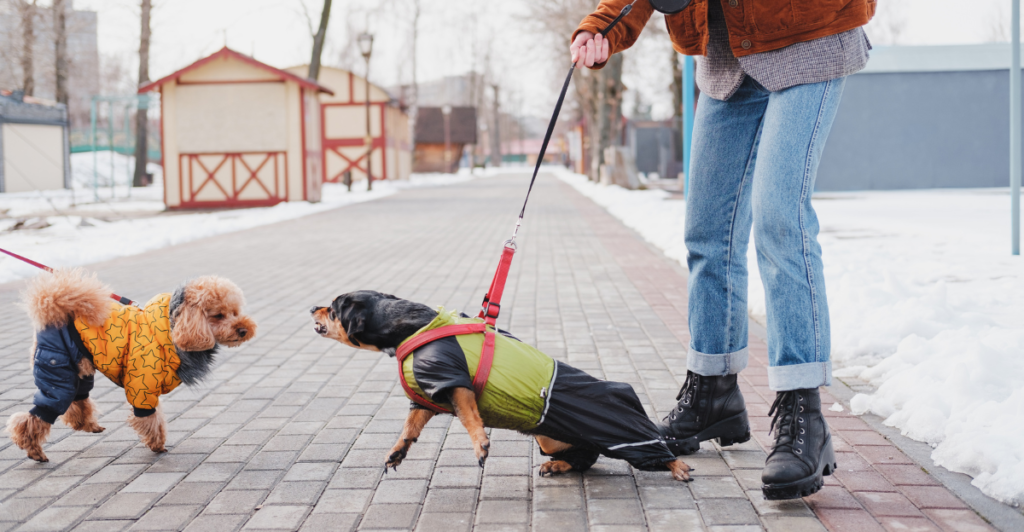
If possible, alert nearby people or authorities when confronted by an aggressive dog. Shouting for assistance in a controlled manner can bring help quickly. In cases where the dog belongs to someone nearby, calling the owner might de-escalate the situation. Make your call for help concise and straightforward, ensuring you don’t provoke the dog further.
Carry Dog Deterrents
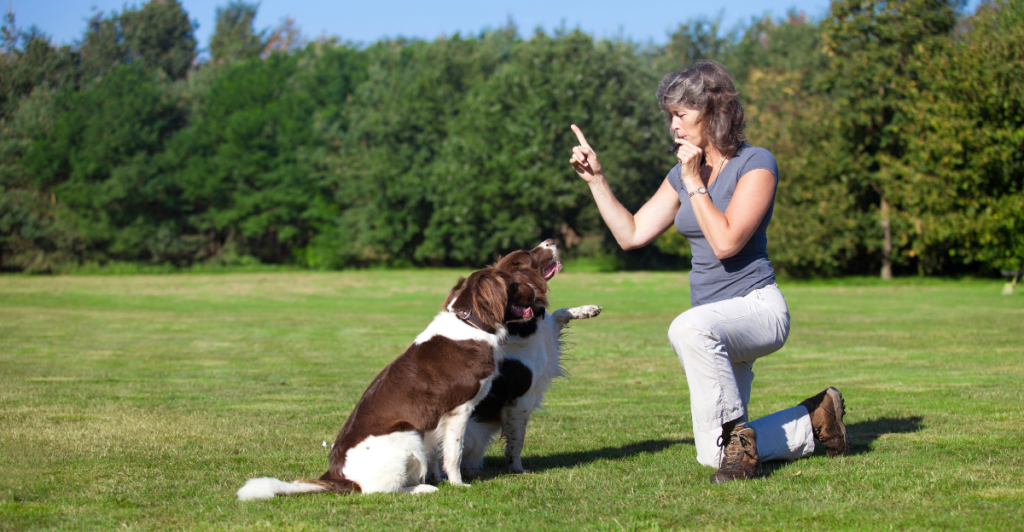
Carrying deterrents like dog pepper spray, a whistle, or citronella spray can be an effective, non-lethal way to fend off an aggressive dog. These items are designed to startle or repel dogs without causing them harm. Ensure you properly use the deterrents and store them in an easily accessible location. Using these tools responsibly can create a safe distance between you and the dog.
Report Aggressive Dogs
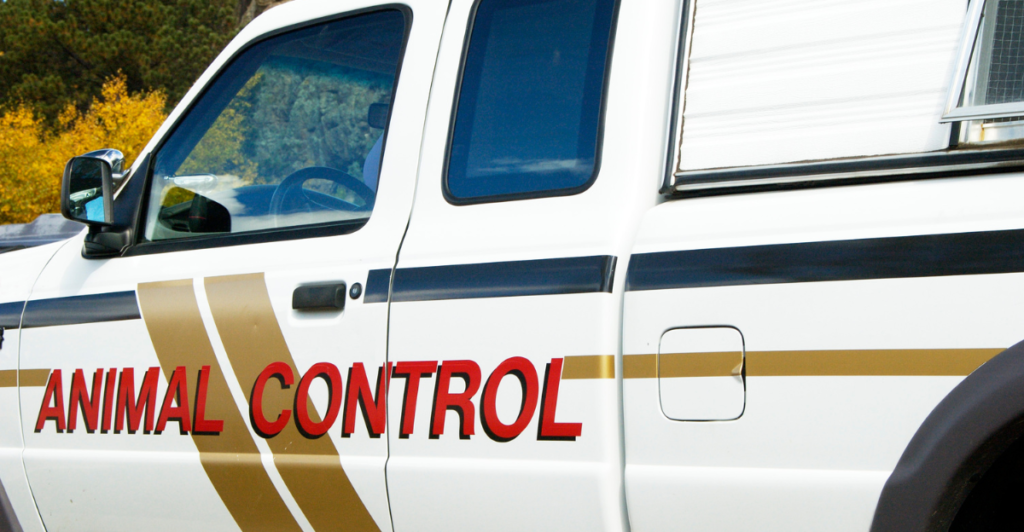
If you encounter an aggressive dog, report it to local animal control or authorities to prevent future incidents. Providing details like the dog’s description, location, and behavior can help ensure the safety of others. Reporting is especially crucial if the dog seems unrestrained or repeatedly acts aggressively in public spaces. Taking action helps foster a safer community for everyone.
Stay Educated and Prepared

Knowledge and Preparation are your best defenses against dog attacks. Take the time to learn about canine behavior and how to respond effectively in stressful situations. Practicing calm and confident reactions can make all the difference if you encounter an aggressive dog. Stay informed and carry tools that enhance your safety. Preparation ensures you can handle unexpected encounters with composure.
Discover more of our trending stories and follow us to keep them appearing in your feed

Meet the Massive Crocodiles That Make Their Homes 40 Feet Underground
10 Easy Ways To Stop A Charging Dog
10 Dog Breeds That Are Just Like Golden Retrievers
10 Most Difficult Dog Breeds – How an Untrained Dog Becomes a Dangerous Dog
Stay connected with us for more stories like this! Follow us to get the latest updates or hit the Follow button at the top of this article, and let us know what you think by leaving your feedback below. We’d love to hear from you!







